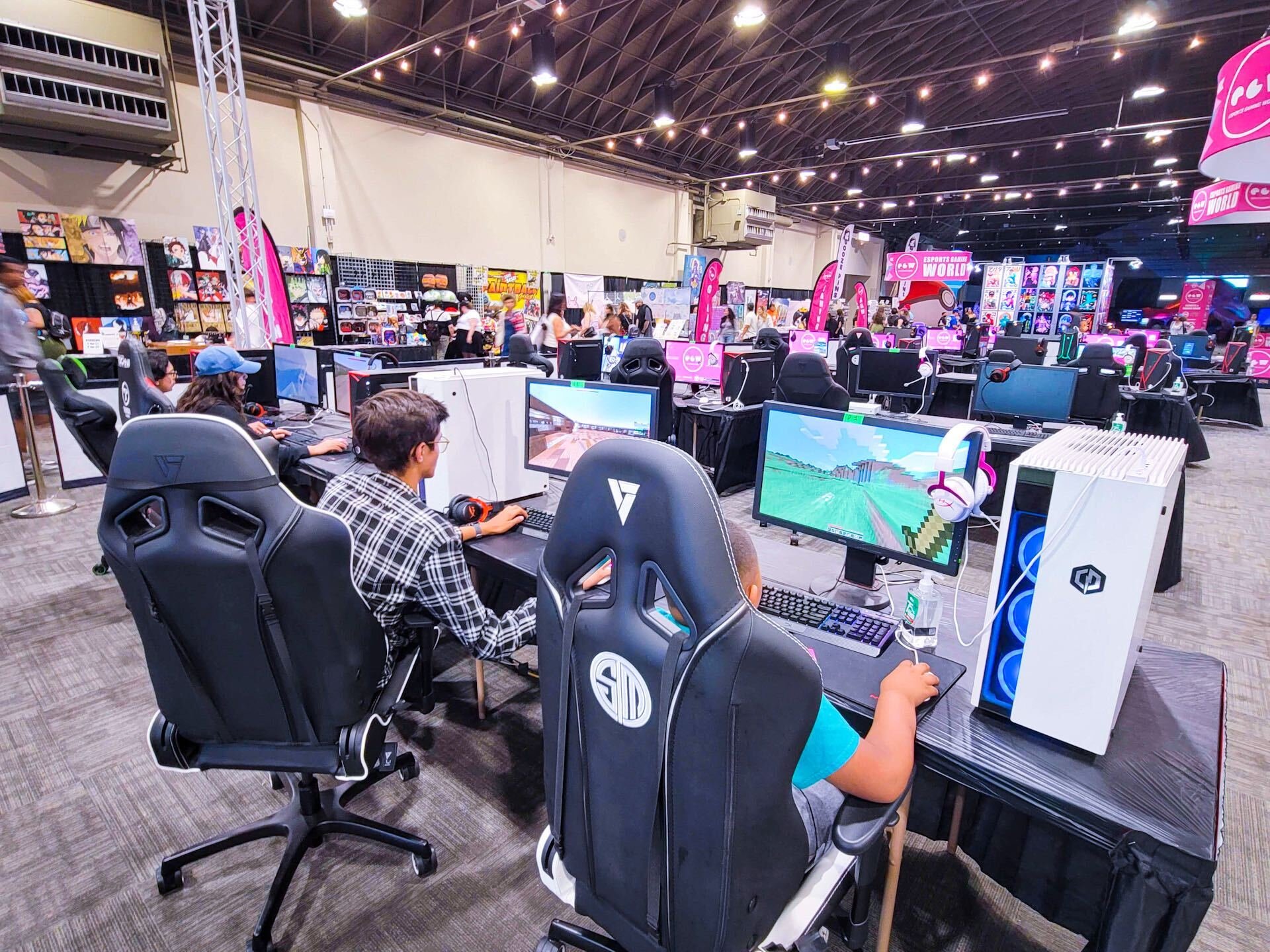
Are you spec-ing out your next custom CyberPower gaming PC and wondering which monitor to get? Well, you’ve come to the right place! In this blog post, we’ll go over some of the factors to consider when choosing a monitor for your gaming setup and recommend some things to keep in mind as you complete your setup.
Let’s talk about refresh rates to start. The Refresh rate is the number of times per second that the monitor can refresh the image on the screen. For gaming, you want a monitor with a high refresh rate to ensure that you’re getting a smooth and seamless experience. Most monitors have a refresh rate of 60Hz, but we recommend going for at least 144Hz or higher for gaming. Once you see and feel the difference of a high refresh rate monitor you will wonder how you ever played on a 60Hz monitor! In general the higher the refresh rate, the more expensive the monitor tends to be, so keep that in mind when budgeting.
Next up, let’s talk about resolution. The resolution of a monitor determines how many pixels it can display. Higher resolution means sharper and more detailed images, but it also requires more powerful hardware to run smoothly, so keep that in mind. For gaming, we recommend going for a monitor with at least 1080p resolution, but if you have a mid to high-end gaming PC, you may want to consider a 1440p or even 4K monitor. 1440p seems to be the sweet spot these days, but we are slowly creeping into 4K standards, so maybe consider a 4K monitor to do a bit of upfront future proofing.
Another factor to consider is response time. Response time is the amount of time it takes for a pixel to change from one color to another. For gaming, you want a monitor with a low response time to minimize motion blur and ghosting. We recommend going for a monitor with a response time of 5ms or lower, ideally 1ms.
One last factor to consider is G-Sync or FreeSync. You’ve probably heard of G-Sync and FreeSync, two technologies designed to eliminate screen tearing and stuttering in games. G-Sync is developed by Nvidia, while FreeSync is developed by AMD, and both use adaptive refresh rate technology to sync your graphics card’s frame rate with the display’s refresh rate, resulting in smoother and more immersive gameplay. You’ll want to consider which type of graphics card your system has – most AMD FreeSync displays can sync with NVIDIA GPUs and AMD Radeon GPUs, and most G-Sync compatible monitors can sync with AMD Radeon GPUs, unofficially. NVIDIA G-Sync and G-Sync Ultimate displays will only sync with GeForce GPUs however. Keep this in mind when looking for a new monitor.
Choosing a monitor for your gaming PC is an important decision that shouldn’t be taken lightly. Afterall, it’s what you’ll be looking at the most while you are enjoying games on your CyberPowerPC. Make sure to consider factors such as refresh rate, resolution, and response time when making your decision. If you are looking for a gaming monitor, check out our selection of standalone monitors. Or add one in to your order when configuring a custom system on our site.